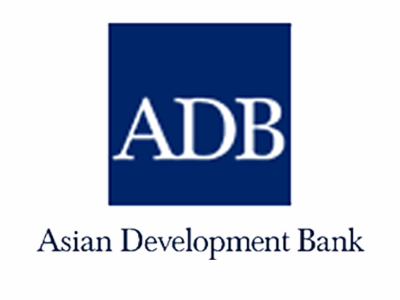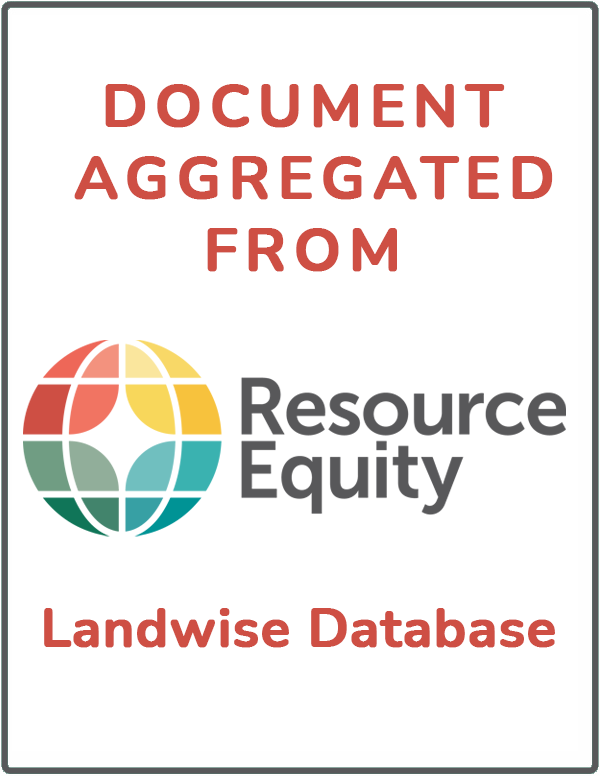The Asian Development Bank was conceived in the early 1960s as a financial institution that would be Asian in character and foster economic growth and cooperation in one of the poorest regions in the world.
As a multilateral development finance institution, ADB provides:
- loans
- technical assistance
- grants
Our clients are our member governments, who are also our shareholders. In addition, we provide direct assistance to private enterprises of developing member countries through equity investments and loans.
ADB maximizes the development impact of its assistance by
- facilitating policy dialogues,
- providing advisory services, and
- mobilizing financial resources through cofinancing operations that tap official, commercial, and export credit sources
Members:
Resources
Displaying 26 - 30 of 37Pro-ARIDES: Agrifood Program for Integrated Resilience and Economic Development in the Sahel
Objectives
Pro-ARIDES aims to contribute to increased resilience, food security and incomes of agricultural and (agro-) pastoral households in the Sudano-Sahelian zone of Burkina Faso, Mali and Niger, through effective decentralized institutions and organizations for service delivery , natural resource and land management and local economic development.
Research/Extension/Training: Strengthening Local Development in the Highlands and High Rainforest Areas Projec
General
The purpose of the project is to contribute to rural poverty reduction in the areas of intervention. Its development objective is to deepen the effectiveness, efficiency and relevance of public investments from central, regional and local governments to improve the well-being of the rural population and increase the value of their natural, physical, human, social and financial assets.Specific objectives include:(a) Strengthening the capabilities and skills of groups and associations of poor rural people to participate fully in local development and increase productivity and competitiveness, including full access to citizenship; (b) Transferring funds to groups of organized rural families and associations of rural men and women to enable them to competitively: (i) improve their natural resources and human settlements; (ii) access grant funding to carry out profitable business ventures in a wide range of initiatives; and (iii) mobilize savings and provide access to microinsurance, especially for rural women; (c) Improving the management capacity of local governments to meet the relevant demand of poor rural people, in order to promote self-development and leverage resources available to municipalities working with the project; (d) Strengthening the institutional capacity of the implementing agency to: deepen a territorial and micro watershed approach; mobilize additional private investment to complement project investments adequately; implement an intercultural approach; institute monitoring and evaluation (M&E) mechanisms; introduce a gender dimension into its projects; and further strengthen its operational capacity at the district level.The project is in compliance with IFAD policies on: (i) targeting, by focusing activities on poor rural people; (ii) gender, through positive discrimination measures and capacity-building of women's groups; (iii) middle-income countries (MICs), by building knowledge management and supporting South-South cooperation; (iv) rural finance, by supporting access to banking services and building financial assets; (v) rural enterprise, by reducing the limitations and inequities facing poor rural people in investing in small- and medium-sizedenterprises; (vi) indigenous peoples, by assisting communities in fully exploiting their traditional knowledge, culture, governance systems and natural resources; (vii) land, by respecting the land interests of rural people and promoting participatory land-use planning and management at the local level; (viii) private sectordevelopment, by strengthening the capacity of poor rural people and their organizations to deal with new market forces and partner with the private sector on fair and equitable conditions; and (ix) climate change, by furthering the use of climate analysis as an instrument of social and environmental assessment to seekmeasures to reduce or eliminate risks.
Scaling Up Sustainable Soy (SUSS) Partnership
General
The project will achieve its objective through the realization of three outcomes related to desirable behavioral change by relevant soy supply chain actors under three headlines, namely: a) production, b) protection/conservation, and c) social inclusion/improved livelihoods. The project’s ToC suggests that: if producers in the Cerrado landscape are adequately incentivized and adopt responsible soy production; and if financial institutions, policy makers and downstream actors support conservation of the Cerrado; and if IPLCs in the Cerrado included through active engagement in improved livelihood opportunities and advocacy for rights (including land tenure); then responsible, deforestation and conversion-free soy production will be mainstreamed across the Cerrado, resulting in reduced deforestation and conversion of native vegetation and fewer human rights violations associated with - but not limited to - the Danish soy supply chain.
Objectives
To reduce deforestation associated with the Danish soy supply chain (i.e. ensuring that soy imported to and consumed in Denmark is produced sustainably without causing deforestation that damages climate, biodiversity and ecosystems, and inclusion and rights).
CCDMP 2022-2025: SNV - Programme Agroalimentaire pour la Résilience Intégrée et le Développement Économique au
Objectives
The overall objective is to "contribute to increased resilience, food security and income of agricultural and agro-pastoral households in the Sudano-Sahelian zone of Burkina Faso, Mali and Niger through effective decentralized institutions and organizations for service delivery, improved natural resource and land management and local economic development." The programme is implemented through five (5) pathways, interdependent and complementary, which will achieve systemic and sustainable change.



